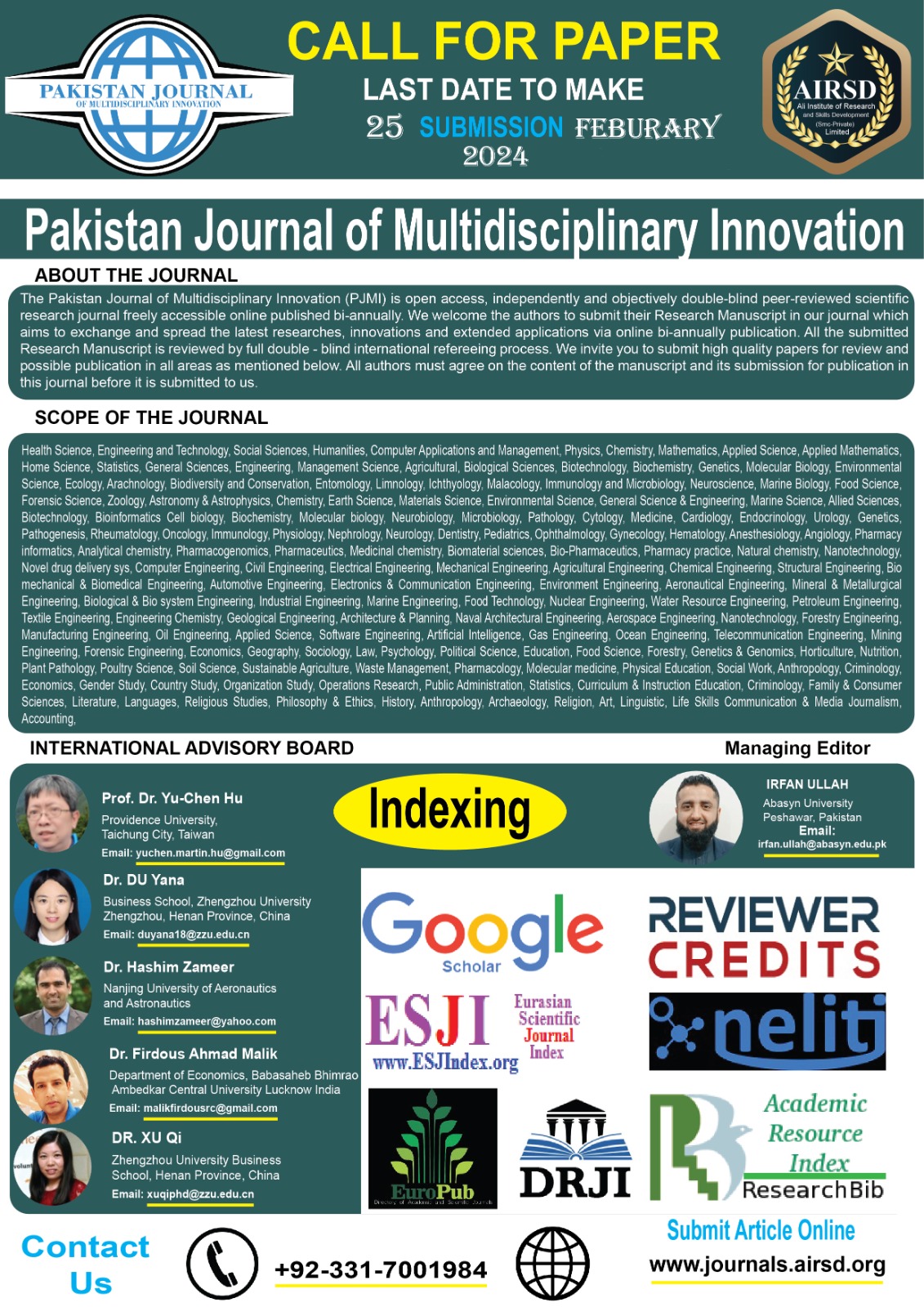An Detailed Analysis of Modelling and Optimisation Techniques for Including Energy Storage and Renewable Energy in District Heating Systems
Keywords:
Optimisation Techniques, Energy Storage, Renewable Energy, District Heating SystemsAbstract
The construction and infrastructure industry constitutes approximately 47% of worldwide energy utilization. Numerous conventional energy resources, such as petroleum and coal are categorized as non-renewable and are projected to experience depletion within the forthcoming decades. To mitigate the persistent energy dilemmas, the implementation of renewable energy sources such as solar energy, alongside substantial advancements in energy efficiency, has been proposed as feasible remedial measures. Within this framework, District Heating Systems (DHS) have received heightened scrutiny due to their myriad advantages in energy generation, distribution, and application for space heating. This manuscript investigates contemporary advancements in the production, modeling, and optimization of DHS. It systematically classifies energy resources according to their sustainability and their compatibility with the integration of DHS. Furthermore, the prevailing modeling methodologies are assessed with respect to computational efficiency, precision, and reliability of the outcomes. Additionally, the report groups recent DHS research according to various optimisation goals, such as maximising energy and energy efficiency, minimising greenhouse gas (GHG) emissions, reducing costs, and taking exergo-economic and thermo-economic factors into account.
Downloads
Published
How to Cite
Issue
Section
License
Copyright (c) 2025 Pakistan Journal of Multidisciplinary Innovation

This work is licensed under a Creative Commons Attribution 4.0 International License.















